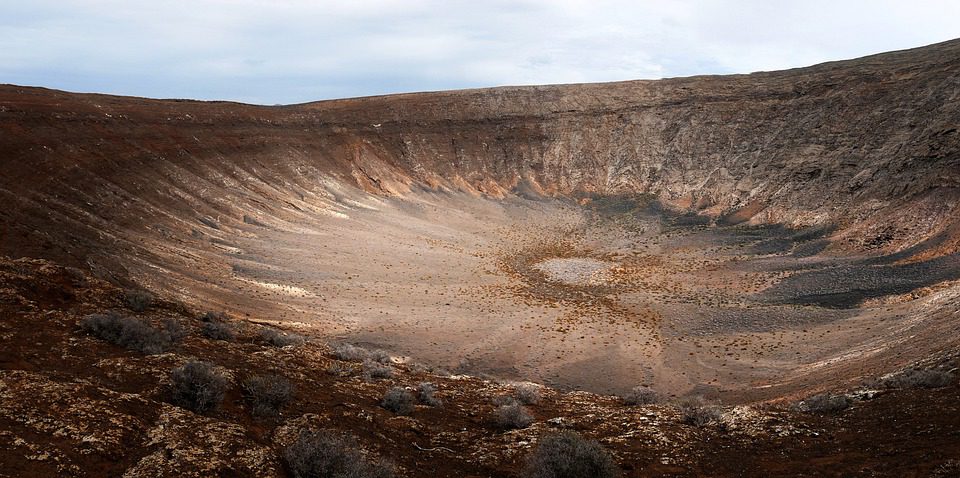From the moment it was discovered in 2015, a meteorite crash crater in Greenland with a 31-kilometer-wide opening piqued the interest of experts worldwide. A massive impact crater on the surface of the earth is believed to have happened approximately 13,000 years ago, during humanity’s time on the planet, and caused 1,000 years of worldwide cooling, according to scientists.
However, according to a new research released in the journal Science Advances, that idea is incorrect. Rather than being made liable for plunging our ancient predecessors into a small ice age, the meteorite impact that caused the Hiawatha crater was indeed a follow-up blow to the considerably bigger impact that wiped out the dinosaurs, according to some researchers.
As a result of their analysis, scientists have estimated that the Hiawatha crater was formed approximately 58 million years ago, only eight million years after a dinosaur-killing meteorite carved out the Chicxulub impact site in current Mexico.
The scientists utilized two different analytical methodologies to calculate the age of the crater, both of which relied on grains of sand swept out of the excavated crater by glacial streams to make their determination. The scientists from the Museum of Denmark used lasers to burn the sand till it expelled argon gas, after which they assessed the quantity of various argon isotopes in the material to determine the age of the specimens. The Swedish Museum group used a uranium-lead measuring technique for geologic materials to determine the age of the mineral zircon found in the sand.
It’s quite pleasant to know that two labs in Denmark as well as Sweden, utilizing two distinct dating methodologies, came to the same result about the same object. As a result, specialists are certain that they have discovered the crater’s true age, which is far greater than many individuals previously believed.















Leave a Reply